| Please click on your chosen slice
of time |
| | ||
|
 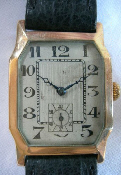 | The
1930ís signalled the end of Prohibition and a new fluidity to the old structures
of the previous decade. Surrealism was now the buzz word and, at the same time,
the person on the street began to show an interest in sports. Jaeger-Le-Coultreís
golf club watch dates from the 30ís. Mens watches reflected their new outdoor
lifestyle and became more masculine.
|  |
| With the advent of smaller movements, watchmakers who were used to repairing pocket watches found it hard to adjust to the finer work required in jewelled lever wrist watch movements. If they were unsuccessful in their repair work they told their customers that the watch was not functioning correctly due to the electricity in their bodies. Up to the present day many people still believe that they cannot wear a watch. I have disproved this theory several times. |  |
|
 | During
World War II all manufacturing enterprises, however small, had their production
geared towards supplying the combat forces. The civilian population were expected to make do with goods produced before the war or make the best they could with the basic utility goods available. Few examples other than military watches exist. |
|
|
| After years of austerity throughout the world, materials were becoming more easily available, many people were having more available money to spend. However, the average cost of a wrist watch was relatively high compared to average earnings. |
| With manufacturers freed from wartime production, some designs became more unusual and more innovative movements began to appear. However, the main case design remained nothing more than a shell, watches were still seen as functional items with very little fashion appeal, ordinary bezels, plain hands, straightforward dials and a very conservative choice of straps. |
|


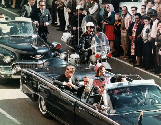  |
| The 1960's brought about a more daring approach to watch designs. Watches became more sturdy, replacing delicate ladies timepieces. In came new technological advancements and a profusion of designs and colours, alongside having to compete against the influx of the Eastern digital watches. | ||||||||||
|
| No longer were watches just used to tell the time, they were becoming a fashion item. Pop art was finding its feet along with the country's youth. |
| 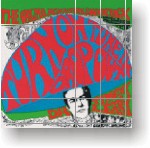
|
|
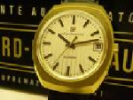
| A significant change had occurred in the world of watch making, previously the value of a watch apart from its design and the materials used lay in how accurate the movement was. The first quartz watch had been developed in 1928, but European manufacturers hesitated in embracing the new technology. |  |
| The youth of the post war period were delighted to be able to purchase accurate, attractive and cheap watches that were easily replaced. Watches of this calibre could not be passed down to grandchildren as family heirlooms. | ||
| THE THROWAWAY SOCIETY HAD BEEN BORN. |
|
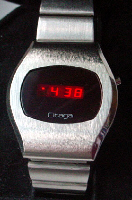 | The
1970ís saw the coming of the quartz revolution - mass produced digital watches
were becoming cheaper by the day. People were putting their gold OMEGA Watches
and Rolex watches to one side and the LED watch became popular - soon to be superseded
by the LCD. The thought at the time was that one day all watches would be made
this way and that the mechanical watch was at an end. For a short time this was
true. | 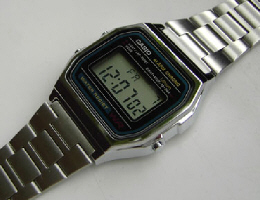 |
 |
The developing youth culture and
the advent of the yuppie culture, plus consumers rediscovering their purchasing
power, led to a huge demand for fashionable, good quality and well designed watches. |
 | Automatically,
historians describe the period as the era of poor quality control and poor technological
interrogation. Swiss watchmakers met this demand by bringing out more fashion
conscious pieces. The fashion houses of Yves St Laurent, Christian Dior, and Gucci had watches designed to complement their latest look. The designer watch was born, very high fashion appeal and using more adventurous colours than Swiss watch houses. THE DESIGNER WATCH WAS BORN. |
|
World economy booming, fashion trends changing overnight.
People had money in their pockets and a versatile lifestyle demanding sports models
and also slim elegant dress watches.
1981 - Crisis in Swiss clock & watch industry reaches its peak.
1989 - Disintegration of Warsaw pact. Soviet Union abandons political hostility to the West - The Cold War ends.
IWC DA VINCI The self winding watch makes a comeback. |
|
| Youth culture in the 90ís was characterised by environmentalism and entrepreneurship. Fashion was often individualistic and body piercing gained popularity. Retro styles inspired by fashion of the 1960ís |
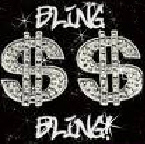 |
and 70ís were also prevalent. Some young people became increasingly involved in outdoor activities that combined embracing athletics with appreciation of nature (such as Kayaking, Rock Climbing and Snowboarding). |
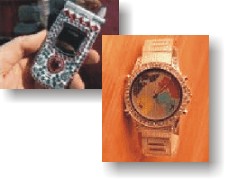 | There was an explosive growth of the internet, partly due
to a decrease in the cost of computers and other technology. Sports watches maintained their popularity - but were moving towards being dress watches - some sports watches having diamonds. THE START OF BLING. |  |
[Home] |